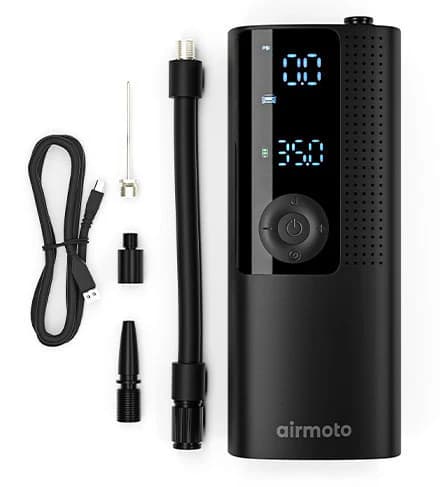- Published on
Boston Dynamics Details its 'Good Enough' Approach to Humanoid Hands

In a new behind-the-scenes video (watch it at the end of the article), Boston Dynamics has offered a detailed look at the design philosophy driving the hands of its all-electric Atlas robot. The company is pursuing a strategy of pragmatic simplicity, opting for a three-fingered gripper that it believes is the "fewest amount of fingers that can achieve very complex manipulation tasks" without sacrificing reliability.
The video, titled "What's in a humanoid hand?", features engineers explaining the evolution from the simple grippers of the older hydraulic Atlas to the more sophisticated, seven-degree-of-freedom hands on the new platform. The shift to an electric model coincided with a strategic pivot towards manipulation, making the design of the robot's end-effectors a central challenge.
Three Fingers, Maximum Utility
The core of Boston Dynamics' approach is a three-fingered design, featuring two fingers and an opposable thumb. This configuration, engineers explained, provides the versatility needed for both delicate two-finger pinch grasps and stable three-point grasps on larger, heavier objects.
While the team debated adding more fingers, they concluded that doing so would introduce unnecessary complexity, potentially leading to lower reliability and higher costs. "We shouldn't take that as a dogma though," one engineer noted, leaving the door open for future designs. "Three fingers was the right answer for the first phases of this program."
This design choice places Boston Dynamics firmly on one side of a wider industry debate about the merits of simplicity versus human-like complexity. The approach contrasts with efforts from companies like Shenzhen-based Wuji Tech, which are pursuing highly articulated, five-fingered hands to more closely mimic human anatomy.

Sensing and Superhuman Flexibility
Each gripper is a self-contained module with all seven actuators housed within it. The fingertips are equipped with tactile sensors embedded in a high-friction elastomer, allowing the robot to sense pressure. This feedback is crucial for applying the minimum force necessary to maintain a stable grip, preventing the robot from crushing fragile items or letting objects slip.
"The goal is to apply as little force as possible, but maintaining a stable grasp," an engineer stated.
The grippers also possess a superhuman range of motion; the fingers can bend completely backward, enabling unique grasping strategies unavailable to humans. While there are distinct left and right hands, the robot has no dominant hand and will plan to use whichever is most optimal for a given task.
Looking ahead, Boston Dynamics is targeting greater dexterity for manufacturing applications like bin picking and tool use. The company's immediate goal is to find the "right sweet spot of dexterity, actuation, and sensing" to make its humanoid a practical and reliable tool for industry.
Watch the video below
The glovebox essential currently seeing a major price drop.
This compact lifesaver was a top seller during last year's Black Week, and considering the current deal, it’s a steal. The Airmoto replaces bulky, corded compressors with a sleek, cordless unit that fits in your glovebox. It features a digital gauge with auto shut-off (just set the PSI and walk away) and includes adapters for cars, bikes, and sports equipment. A perfect "peace of mind" tool for any driver.
As an Amazon Associate, we earn from qualifying purchases at no additional cost to you.
Share this article
Stay Ahead in Humanoid Robotics
Get the latest developments, breakthroughs, and insights in humanoid robotics — delivered straight to your inbox.
